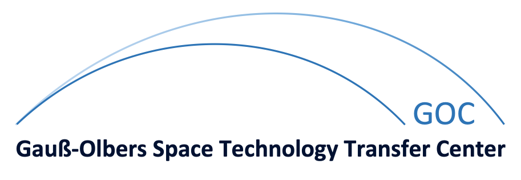Referenzdatenfreie Systemidentifikation mit Anwendung auf Mobilfunkkanäle
| Author: | D. Boss | ||||
| Abstract: | The fundamental idea of blind (self-recovering) channel estimation is to derive the channel impulse response from the received signal only, i.e. without access to the channel input signal by means of training sequences. This thesis addresses the question whether blind channel estimation is feasible in mobile communication systems. In the first part, novel algorithms as well as approaches known from literature are applied to blindly identify different types of discrete-time systems: symbol-rate and fractional tap spacing finite impulse response systems, autoregressive, and autoregressive moving average systems. These methods rely on higher order statistical properties (so-called cumulants) of the stationary received sequence or on second order statistical properties (correlation) of the cyclostationary received sequence. While algorithms based on Higher Order Statistics (HOS) are said to require excessive numbers of samples of the received sequence, approaches exploiting Second Order Cyclostationary Statistics (SOCS) can not identify a certain class of systems. From the investigations presented in this part it can be concluded that it is possible indeed to derive satisfactory channel estimates from very few samples of the received sequence with the HOS-based EigenVector approach to blind Identification (EVI, view reference). The second part of this thesis provides a feasibility study of blind channel estimation in a GSM communication system (Global System for Mobile communication). Several promising blind methods are compared with typical non-blind approaches based on training sequences. Also, the influence of channel estimation on the receiver performance is studied. It is demonstrated that for GSM data transmission over fast and slowly fading mobile channels, the blind channel estimation method EVI entails a mean loss in the signal-to-noise ratio of about 1.3dB only compared with the non-blind Least Squares (LS) scheme while it saves the 22% overhead in data rate caused by the transmission of training sequences. The relative performance of EVI (with respect to LS) is shown (i) to improve with fast fading channels, and (ii) to remain unaffected by co-channel interferers at signal-to-interference ratios above 10dB. As just 142 samples of the demodulated sequence can be used for blind GSM channel estimation, these results can be considered remarkable for an algorithm based on fourth order statistics. | ||||
| Document type: | Ph.D. Thesis | ||||
| Publication: | Shaker Verlag, ISBN 978-3-8265-7530-3, Aachen, Germany, June 2000 | ||||
| Index: | 7 | ||||
| Files: |
|
Last change on
26.05.2008
by
Admin
© Department of Communications Engineering - University of BremenImprint / Contact







